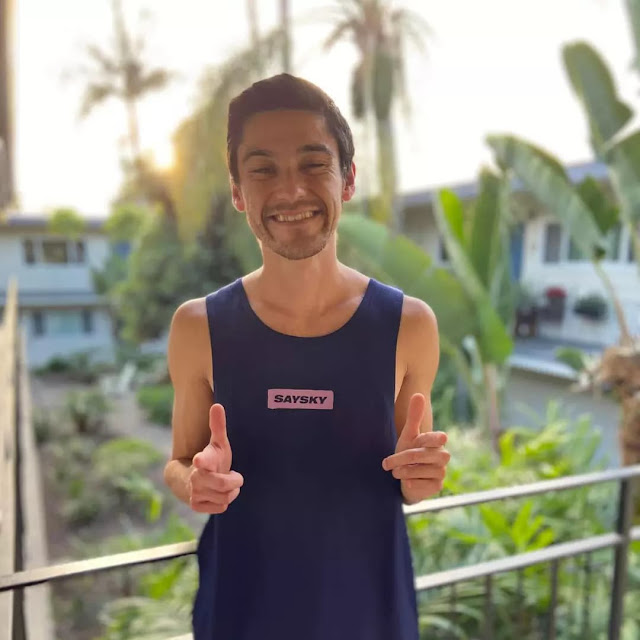DOR Podcast #94: Surviving the Summer: Training & Hydration Strategies for the Heat
Today on the podcast Matt and Andrea talk all things summer training. As the temperature increases, we're forced to adjust our running. They offer strategies and tips for adjusting your training, hydrating before/during/after the run, staying cool, and, of course, shoes (does the Asics Metaracer have a USB port?!).
Video
Chapters
0:00 - Intro
0:52 - DOR Giving: Girls on the Run
2:24 - The Subjective: What time of the day do you run?
5:17 - Summer training: temperature vs. dew point
11:29 - Modifying your training for the heat
19:01 - Hydration strategies
25:44 - Cooling strategies
33:32 - Shoe uppers & breathability
42:58 - Staying safe from sun damage
54:41 - Wrap-up
57:32 - Marker
Science Blog: Getting the Right Fit
By Chief Editor Matt Klein
1. Except for shorter races, shoes should not be too tight. There are a large number of sensitive nerves in the foot and ankle. Nerves do not typically do well with compression. Compression of the toes, metatarsals or any one of common nerve entrapment sites is asking for trouble. YOUR FEET SHOULD NOT GO NUMB WHEN YOU PUT ON A SHOE OR WHEN YOU RUN. That is not normal. So make sure you have adequate room through the shoe, but not so much that you slide around.
2. Make sure your toes have enough room! Shoes that are too narrow not only may cause excessive compression, they may alter the mechanics of the foot. More research is coming out suggesting that shoe shape may predispose people to certain pathologies, like narrow toeboxes and bunions (Ferrari et al., 2004). The foot works best when everything is lined up. The tendons and muscles have optimal length tension relationships, so changing that (ie smashing the toes together) may alter your mechanics, speed, strength and more. I will have a post in the future to dive into the research on this topic.
3. Again except for some people racing very short distances, make sure you have a little room between your toes and the end of the shoe. Feet do swell over runs and over the course of the day. That is why it is usually better to try on shoes in the evening compared to the morning. Shoes that are too short may predispose individuals to pathologies like hammer toes or shortened toe flexor muscles/tendons.
4. Find what works for you. Each person has a unique foot. It doesn't matter what your neighbor or best running friend says. You need to try these things and learn what works for your feet.
Excerpt from our Fit Guide, found here.
Recent Episodes
#87: Does Every Shoe Need a Plate? Midsole Trends Today
#86: Stability vs. Support with Brooks Running
#90: Strength Training for Runners
#91: Common Running Form Mistakes
#92: Runner's Knee 101
Recently at Doctors of Running
Saucony Endorphin Pro 3 - Bigger, with tons of cush for the long distance
Asics Metaspeed Edge+ - A huge update makes this year's Edge a real marathon competitor
adidas adizero Adios Pro 3 - The latest in Adidas racing is the most marathon focused yet
Hoka Mach 5 - The 2021 favorite managed to get even better
Nike Pegasus 39 - A highly versatile daily trainer reaches v39
Follow Doctors of Running on Social Media
Facebook: Doctors of Running
Youtube Channel: Doctors of Running
LinkedIn: Doctors of Running
Instagram: @doctorsofrunning
Twitter: @doctorsrunning
Podcast: Virtual Roundtable
Please feel free to reach out, comment and ask questions!
Contact us at doctorsofrunning@gmail.com
NEXT: Saucony Endorphin Pro 3









